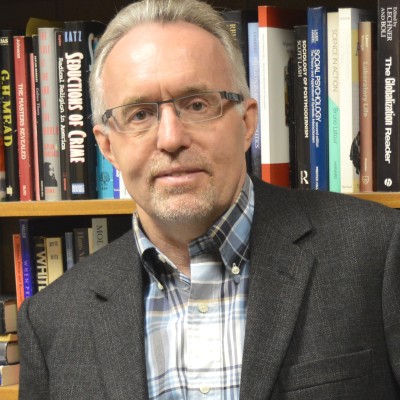
In the late nineteenth and early twentieth centuries Christian sects like the Mormons, Pentecostals and Jehovah’s Witnesses were known to draw most of their followers from poor or underprivileged sectors of society. So it was easy to explain their attraction as offering converts a reversal of their fortunes: from being nobodies to being “the elect”. In the apocalyptic scenarios they all preached, those who were the least in this world would become the first in the next. The meek were to inherit the earth. The rich and powerful of this world would be brought down and the poor exalted.
(Similarly with Palestinian terrorist groups: the most obvious explanation appeared for many to be that they preferred a rich symbolic life, a reward of honour in the memory of their people, to continuing to be subject to extreme economic hardships and political and personal humiliation.)
The above explanation for why Christian cults exercised such a strong pull on the “lower classes” was overturned in the 1960s and 70s with the emergence of a plethora of New Religious Movements (NRMs) — or cults — that attracted youth from well-to-do families, highly educated, with excellent career prospects, and generally of secular upbringings. Even established Christian cults like the Mormons were also found to be becoming increasingly populated by members belonging to the higher socio-economic rungs of society.
So what was going on?
New theories of “relative deprivation” emerged in the literature. Perhaps people were attracted not because of the objective fact of their lower economic and social status, but because they perceived that they were disadvantaged in some way, whatever their real status. And maybe the perceived lack was not only economic, but also moral, social opportunities, psychological . . . .
The idea of relative deprivation seems very plausible; in many ways it conforms to our personal experience. But in the end it allows for too much interpretive flexibility. Almost any action could be explained by reference to some hypothesized sense of lack of respect, inadequate love, or ethical frustration. The theory explains everything and yet nothing because it cannot discriminate effectively between those who think this way and those who choose to act on their perception in some radical way, especially becoming violent. (Dawson 2010, p. 5)
Compare those joining new cults in the 60s and 70s with the 9/11 hijackers. The latter were also from well-adjusted middle class families. They were not oppressed or impoverished in any conventional sense. They had not been particularly religious. They had good opportunities to do well in careers in many countries.
An NYPD report Radicalization in the West: The Homegrown Threat concluded that most individuals who had been involved in terrorist plots had had quite unremarkable backgrounds, no criminal history, ordinary jobs and lived ordinary lives. They were fluent in English, were Western educated and familiar with the Western lifestyle. They had opportunities to do well in both their countries of origin and in the USA.
There is no clear profile of a potential terrorist and they are, like those who come to join religious cults, largely indistinguishable from anyone else.
“Converts to NRMs are more likely to have fewer and weaker social ties.”
Since cults are in conflict in significant ways with society, it stands to reason that they are more likely to draw their recruits from those who have “fewer social attachments” and consequently “lower stakes in conformity”.
This datum explains why it is so often the young (and students) who are attracted. “They can afford to experiment with alternative ways of living.”
“Converts also tend to have fewer and weaker ideological alignments”
As I have noted in recent posts, research shows that people with strong attachments to their mainstream faith (whether Christianity or Islam) are not likely to join cults or terror cells. It is the “unchurched”, those with weak, non-existent or troubled religious backgrounds, or the rootless “seekers”, who are the more likely to join cults.
But there is a balance. Complete loners or those with no interest at all in spiritual and religious questions are not likely to join.
That’s the “who”. What about the “how”? Continue reading “Who Joins Cults — and How and Why?”
